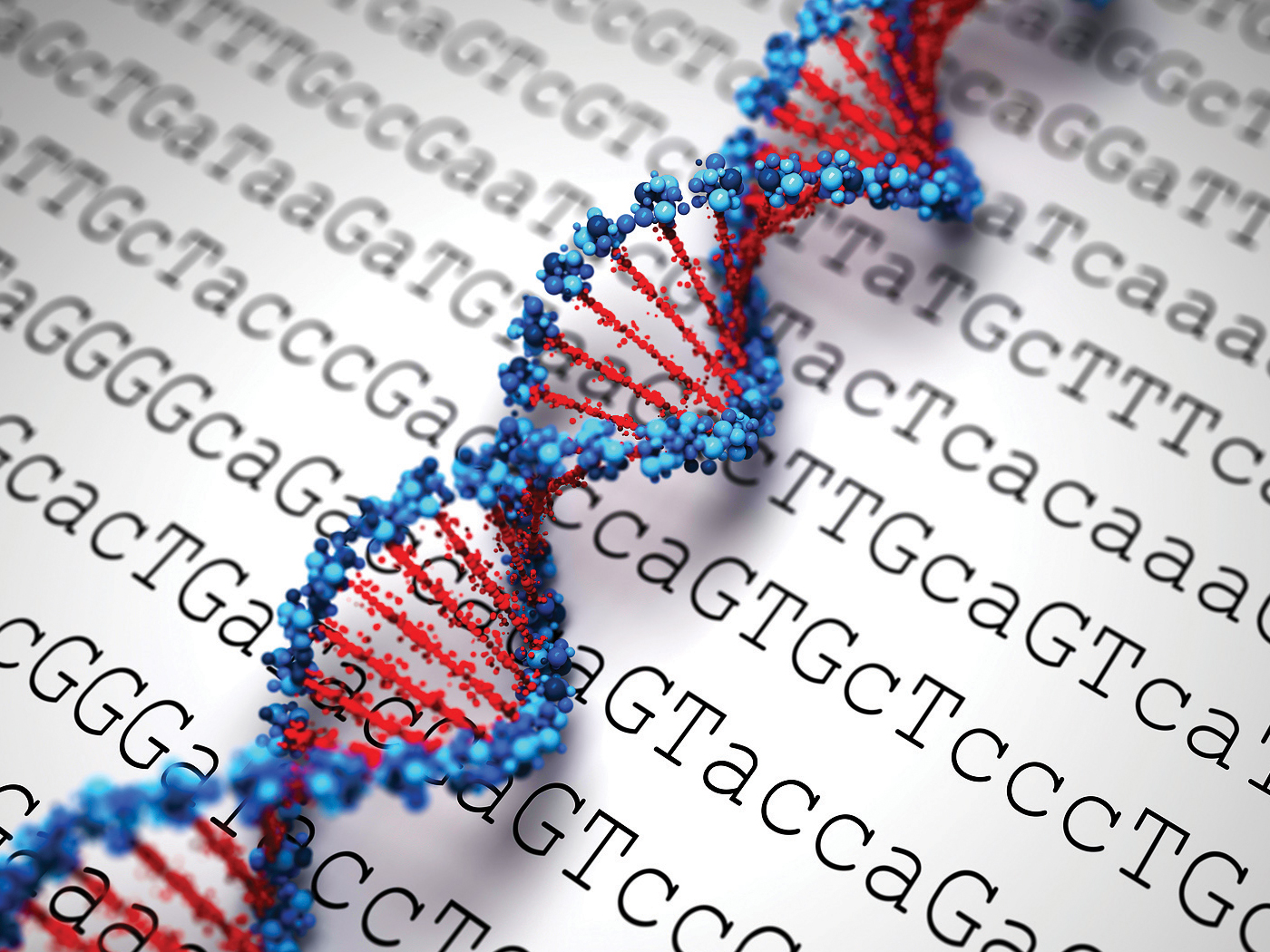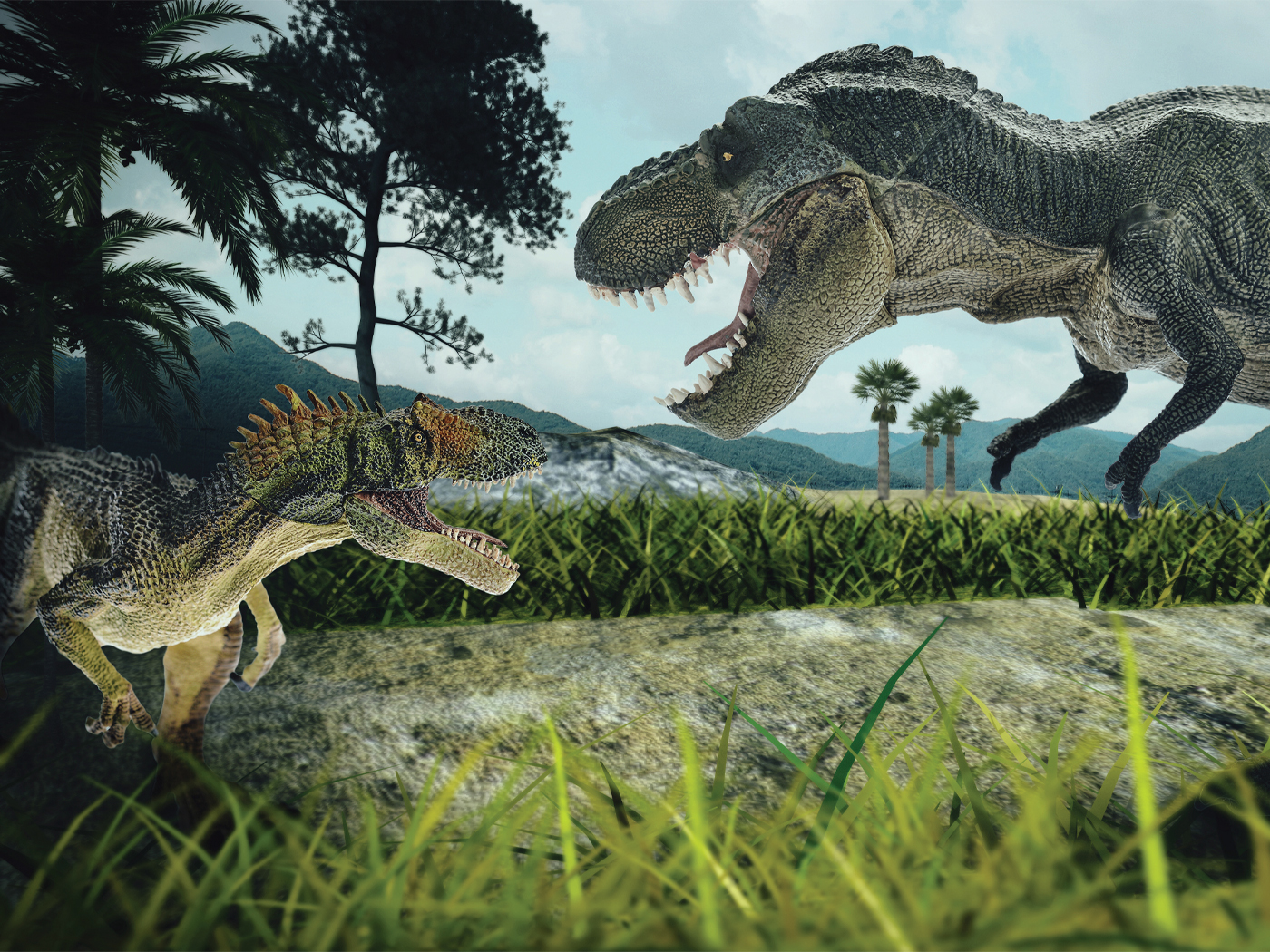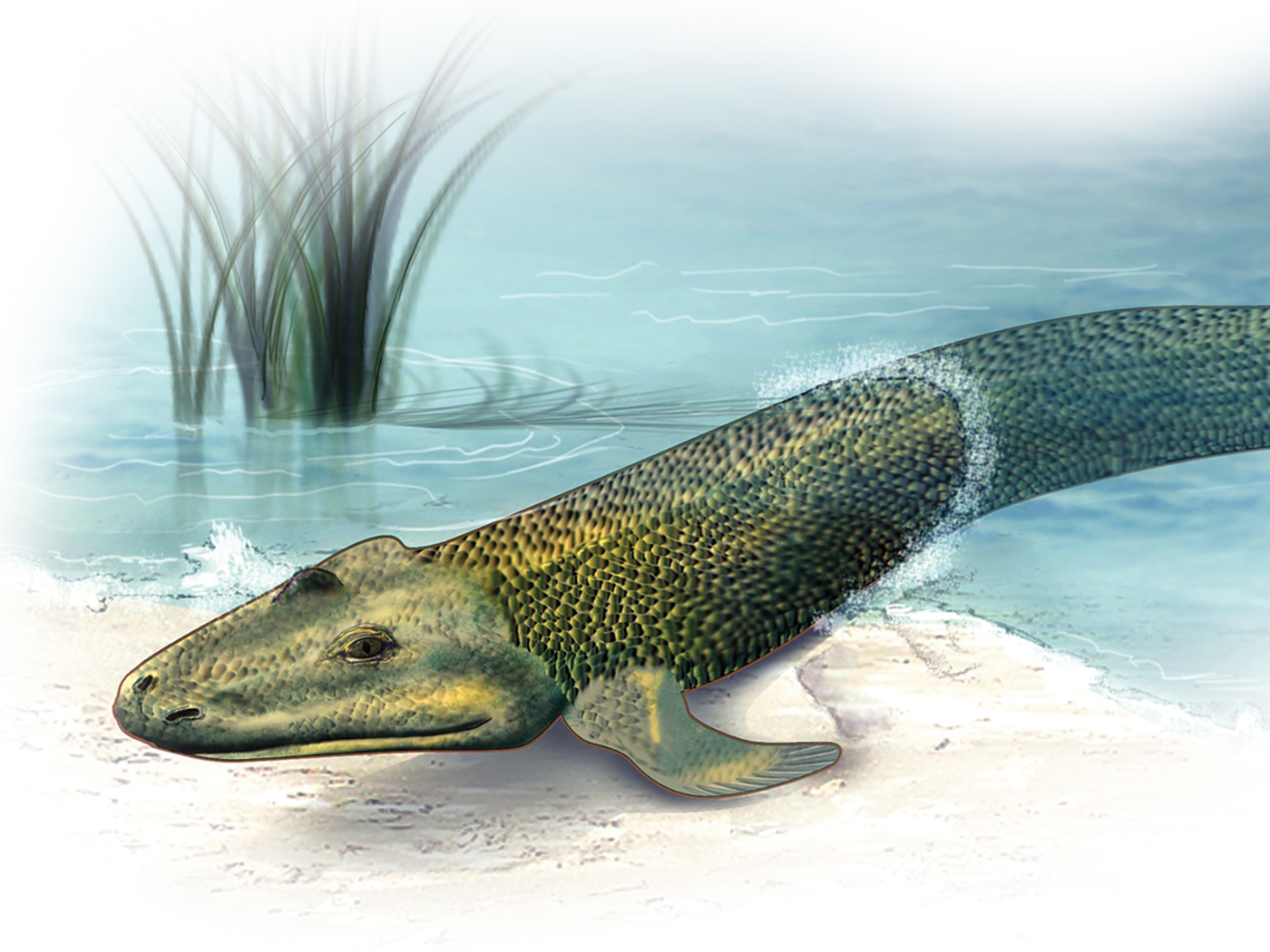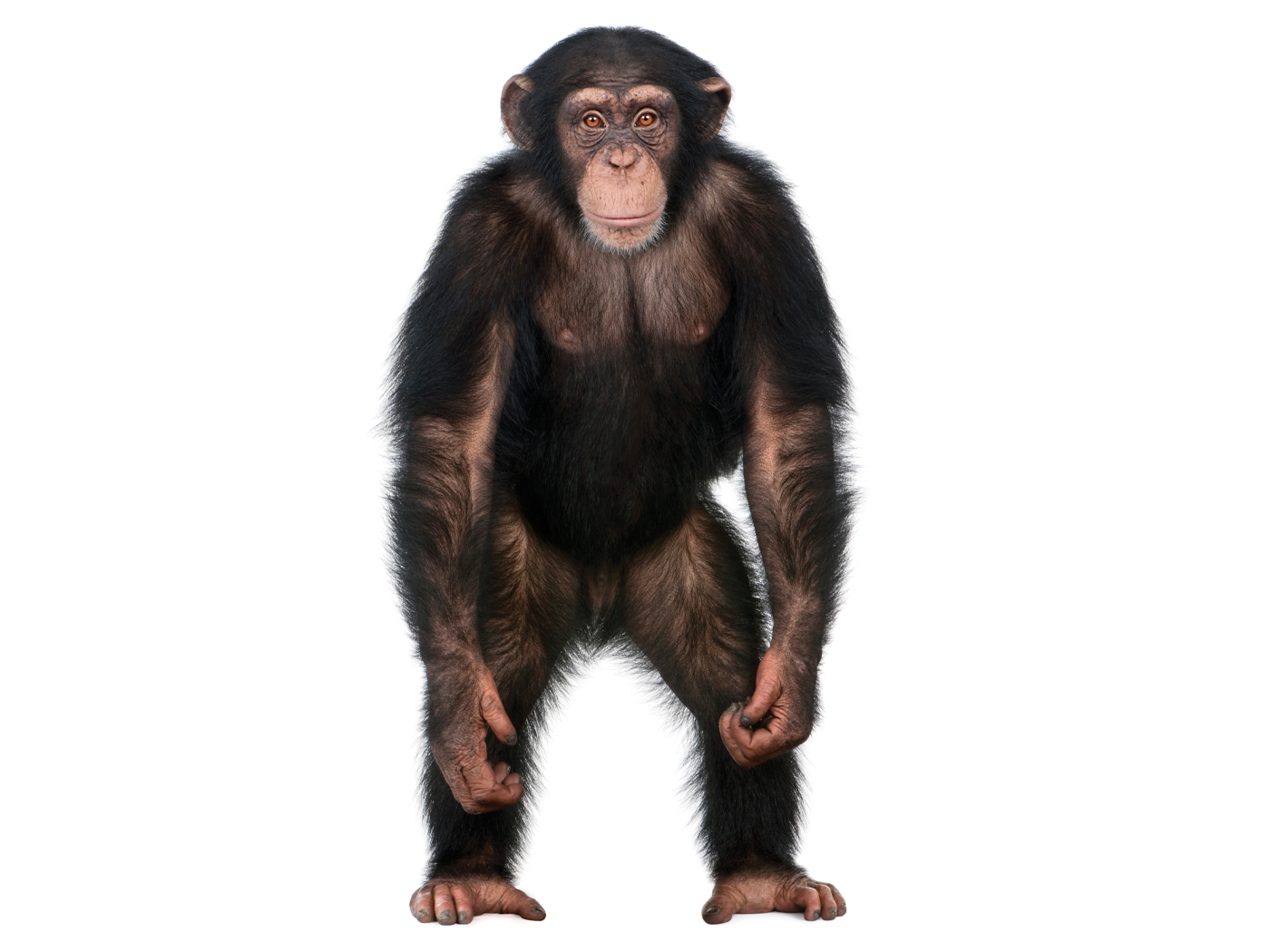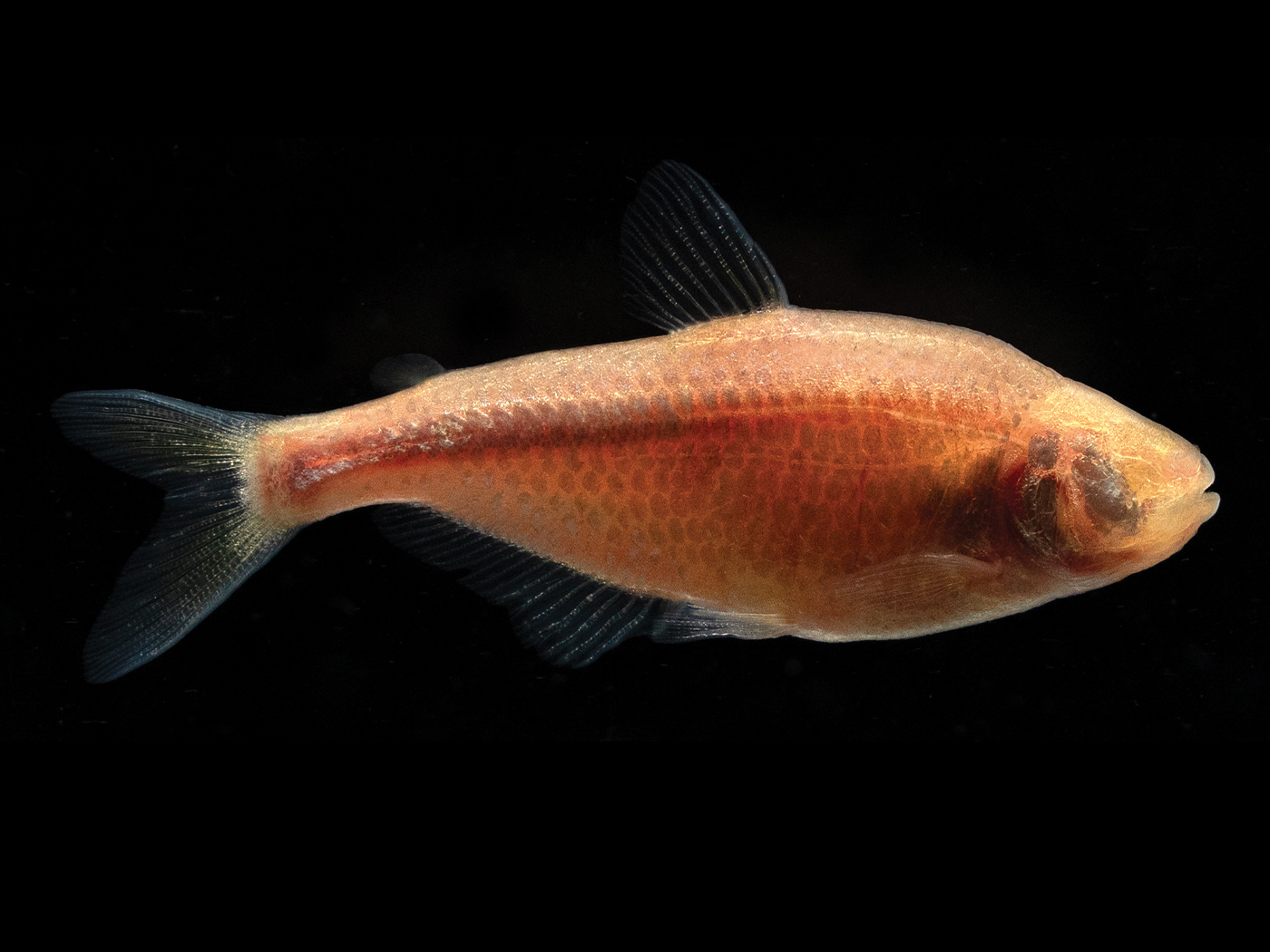by Brian Thomas, M.S. and Christine Dao*
While many scientists perform valid scientific investigations, their starting assumptions as well as their final conclusions are not derived directly from the data they collect. The scientific method operates within the interpretive framework of the one who employs it.1 This framework, or worldview, becomes apparent in the wording used in the reports that are published in scientific journals. Care is needed to separate the science from the worldview that has been used to interpret it.
A recent example involves a team of researchers who studied the effects of a small portion of human DNA that had been placed in mice embryos.2 The researchers first identified a non-protein coding sequence of human DNA that was a bit longer than similar (“homologous”) sequences found in apes. They pasted this DNA into a suite of genes and then added this to mice embryos. They found that the human DNA segment helped activate genes in the suite, but only in certain areas of the tiny mouse body: the limbs, ears, throat, and eyes.
Human evolution was presumed, and the researchers’ conclusion reflected the same: “our study… illustrates a strategy that could be used across the genome to understand at a molecular level how human development evolved.”1
Actually, what they found fits the creation model just as well, if not better. The human DNA that they spliced into the mice, called HACNS1, was so unique when compared with homologous sequences in apes and monkeys that it led Yale genetics professor James Noonan to remark, “This was especially surprising, as the human and chimpanzee genomes are extremely similar overall.”3 This is not surprising to creationist thinking, however, which recognizes the presence of uniquely created differences between these kinds.
Further illustration of the study’s evolutionary bias is found in the press release announcing it, which states that HACNS1 “may have contributed to the evolutionary changes in human limbs that enabled us to manipulate tools and walk upright.”3 No mention is made of the fact that gene activity was also found in the mouse ears, throat, and eyes—areas of the body that are not directly necessary for manipulating tools or walking upright. It seems that only certain results have been selected in order to fit evolution’s story.
Evolution is unnecessary for science. Creation thinking is an alternate and valid interpretive model that offers a superior explanation: this unique DNA sequence was placed, on purpose, into humans by the Creator.
References
- See Baumgardner, J. 2008. Exploring the Limitations of the Scientific Method. Acts & Facts. 37 (3): 4-5.
- Noonan, J.P. et al. 2008. Human-Specific Gain of Function in a Developmental Enhancer. Science. 321 (5894): 1346-1350
- Yale Researchers Find “Junk DNA” May Have Triggered Key Evolutionary Changes in Human Thumb and Foot. Yale University press release, September 5, 2008.
* Mr. Thomas is Science Writer and Ms. Dao is Assistant Editor.
Article posted on September 16, 2008.




